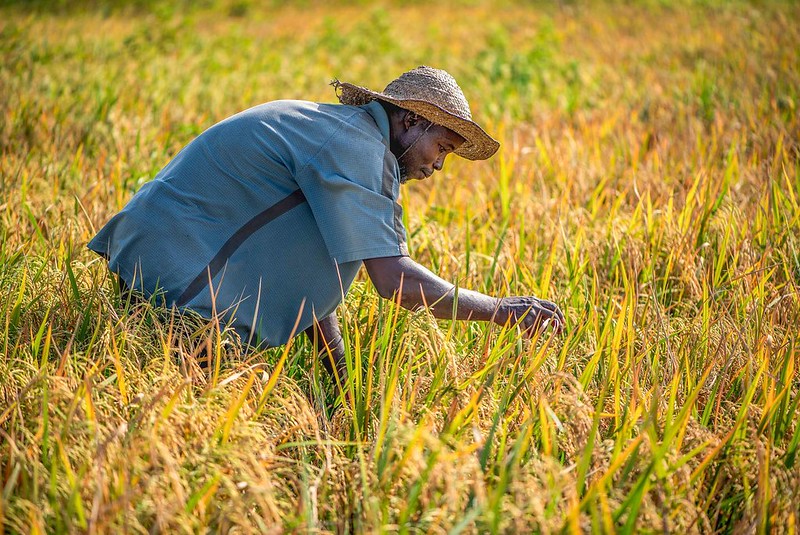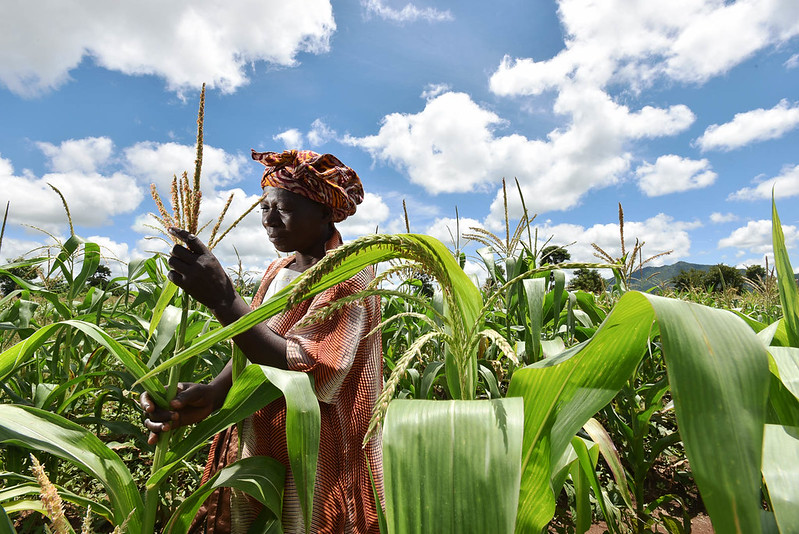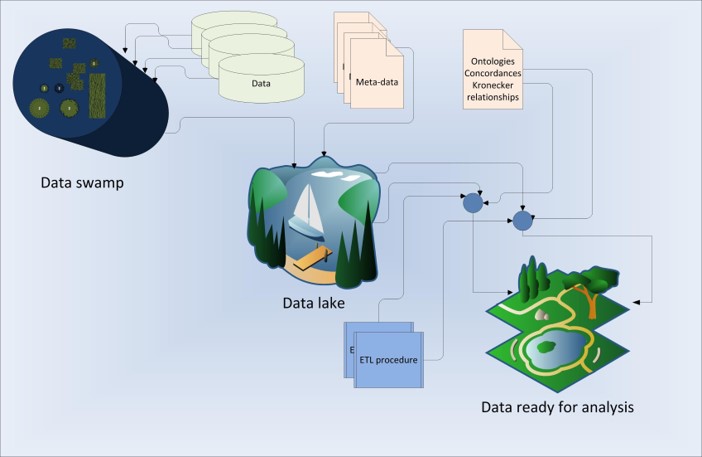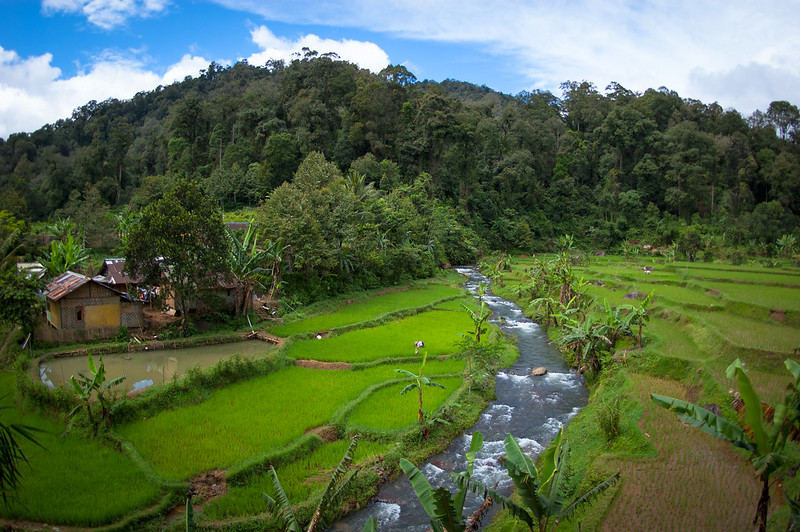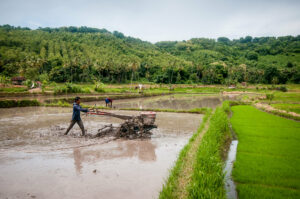Latest Posts
Environmental services and the precautionary principle: using scenarios to reconcile conservation and livelihood objectives in upper catchments
Strategies for environmental governance and conservation in Africa have relied on regulatory mechanisms (policies) that further restrict already limited livelihood options by prohibiting certain land uses and isolating people from forest resources. Environmental service rewards (ESR) present an opportunity for incentives-based conservation, enabling livelihood and conservation goals to be more…
Future environmental impacts and vulnerabilities
The focus of this chapter is on climate-change impacts on the environment, the structure and functioning of forests, on their biodiversity, and on the services and goods provided by forests in order to identify key vulnerabilities. Based on the findings of the IPCC Fourth Assessment Report (IPCC 2007d), we first…
Participatory methods for planning the future in forest communities
Forest devolution and government decentralization have increased community control over forests. Remoteness, low literacy, and lack of formal planning experience often leave forest communities unprepared for their new responsibilities. Forest communities need to develop skills that allow them to establish goals and make decisions transparently and democratically and to negotiate…
Modelling environmental and socio-economic trade-offs associated with land-sparing and land-sharing approaches to oil palm expansion
The effectiveness of land-sharing and land-sparing approaches has been widely debated. Yet, few studies quantify the environmental and socio-economic outcomes of these approaches within a real-world landscape. Indonesia’s plans to increase its palm oil production present an opportunity to investigate the potential environmental and socio-economic implications of the land-sharing and…
Conclusions and reflections for the future of forest tenure reform
[No abstract available]…
Forest futures: Linking global paths to local conditions
The chapter establishes links between elements of long-term global scenarios and the prerequisite conditions of sustainable forest management (SFM), as discussed in Parts I and III. It uses a component from a new global scenario exercise: the shared socio-economic pathways (SSPs), which are narratives that cover a spectrum of climate…

